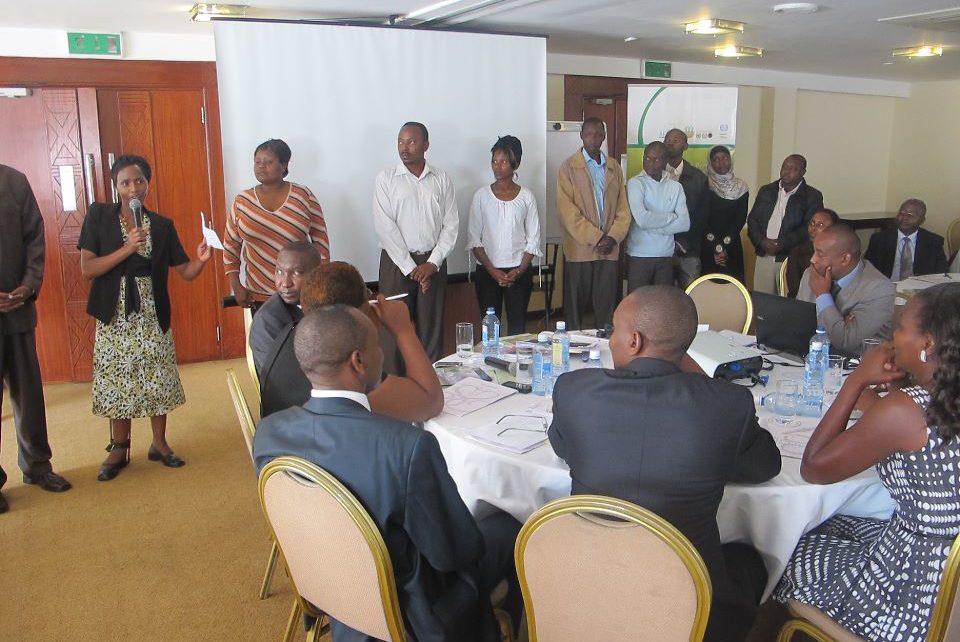Context: Africa has the world’s youngest population and it is growing rapidly. In 2015, the population of young Africans aged 15-24 years was estimated at 229.6 million, making up 19.4 per cent of the total population. It is projected that the numbers of young people aged 15-24 years in Africa will have increased to 331.4 million or 19.7 per cent of the continent’s population by 2030. The youth in Africa bear the greatest burden of unemployment and working poverty. The incidence of unemployment among young people in North Africa remained high at 29.3 and 29.2 per cent in 2016 and 2017, respectively. In Sub-Saharan Africa it averaged 10.9 and 10.8 per cent in 2016 and 2017, respectively but with mixed country experiences. A number of youth employment interventions have been implemented by African governments. However, the Youth Employment Inventory (YEI) indicates that 21 per cent of evaluated youth employment programmes reported no impact on labour market outcomes. The implication is that training does not necessarily lead to jobs. Entrepreneurship is, however, viewed as an option of generating sustainable livelihoods. With their ability to adapt to changes and innovate, young people have the potential to drive tech-entrepreneurship and growth. This notwithstanding, many young people have the ideas and motivation to become entrepreneurs but they lack the financial, physical, and social capital to turn their business ideas into reality.
Implementation of programme/initiative: The Unleashing African Entrepreneurship/Youth Entrepreneurship Facility (YEF) was one of the five initiatives launched by the Danish-led Africa Commission in 2009. It was a five-year (2010-2014) project funded by the Government of Denmark at a budget of US$ 23 million and implemented by the International Labour Organization (ILO) The YEF was implemented in partnership with the national governments of Kenya, Uganda and Tanzania in collaboration with the social partners, and a range of private and civil society organizations. The YEF was part of the global response to youth bulge and unemployment challenge in Africa. The development objective of the project was to contribute to the creation of decent work to young Africans, both as a means of self-employment and as job creation for others through entrepreneurship development. The project targeted male and female youth aged 15-35 years. The project objective was pursued through six interrelated and complementary components: entrepreneurship culture; entrepreneurship education for in-school youth; business development services for out-of-school youth; finance for young entrepreneurs; capacity building of youth organizations; and evidence-based advocacy.
Main challenges: The YEF developed partnership with microfinance institutions for youth financing. However, no meaningful linkage was established between the interrelated stages of producing a confident entrepreneur-from business development training, to writing business plan, to accessing a loan, and to managing the business through a sustained mentorship programme-all through a comprehensive package that is jointly managed. Despite existence of a large number of youth-targeted financial institutions in the project countries, access to finance remain a key challenge to the youth in these countries.
Results achieved: The YEF reached more than two million youth with entrepreneurship messages compared to a target of 1.2 million. It also developed 115 mentors, 340 individual mentees and 200 group mentees. A total of 100 Trainers of Trainers (TOTs) were trained on mentorship, 300 youth trained by the TOTs, 8,200 youths provided with business development services and 4,000 youth facilitated with business finance. Also, 56 per cent of the youths impacted on started their own businesses, creating 9,408 jobs. Each business by the youth who benefitted from the intervention and/or impacted on by the project created an average of 2.4 jobs compared to none for those businesses that were not impacted on by the project.
Moving Forward: One of the mechanisms aimed at sustaining the progress of the YEF in the longer term is to close the policy implementation gaps inherent in the project countries. This is to be achieved by identifying the most effective methods to deliver youth entrepreneurship services. The options could using public institutions as delivery channels for enhanced monitoring and supervision, or through public-private partnerships for cost effectiveness and efficiency, or through integration in the countries’ education systems for enhanced coverage and early sensitization. Improvement in the provision of skills training for the youth in the informal sector is also a priority. The training must, however, be tailor-made to the practical needs of the youth. The youth beneficiaries must also identify training as a felt need and commit to attend and participate in the trainings.
Replicability: A key issue that led to the success of the YEF is the inbuilt sustainability mechanisms integrated in the design of the project. This included investing in building human and institutional capacities of the implementers and partners, strengthening collaboration with agencies and bodies working on related projects, and encouraging government ownership of the project. Besides this, countries should also develop and implement tailor-made financial products/models such as the Youth to Youth Fund implemented by the YEF to break the financial access constraints faced by the youth. The tailor-made product/model should integrate mechanisms aimed at addressing affordability and capacity challenges in youth financing besides access. Youth entrepreneurship interventions.
References:
ILO (2015). Africa Youth Commission: Youth Entrepreneurship Facility: Evaluation Summary, Geneva: International Labour Office
Economic Policy Research Centre (2015). “Youth Entrepreneurship in Uganda: Policy, Evidence and Stakeholders”, Occasional Paper No. 37 (May), Kampala: Economic Policy Research Centre
Project Details
Date: July 24, 2017
